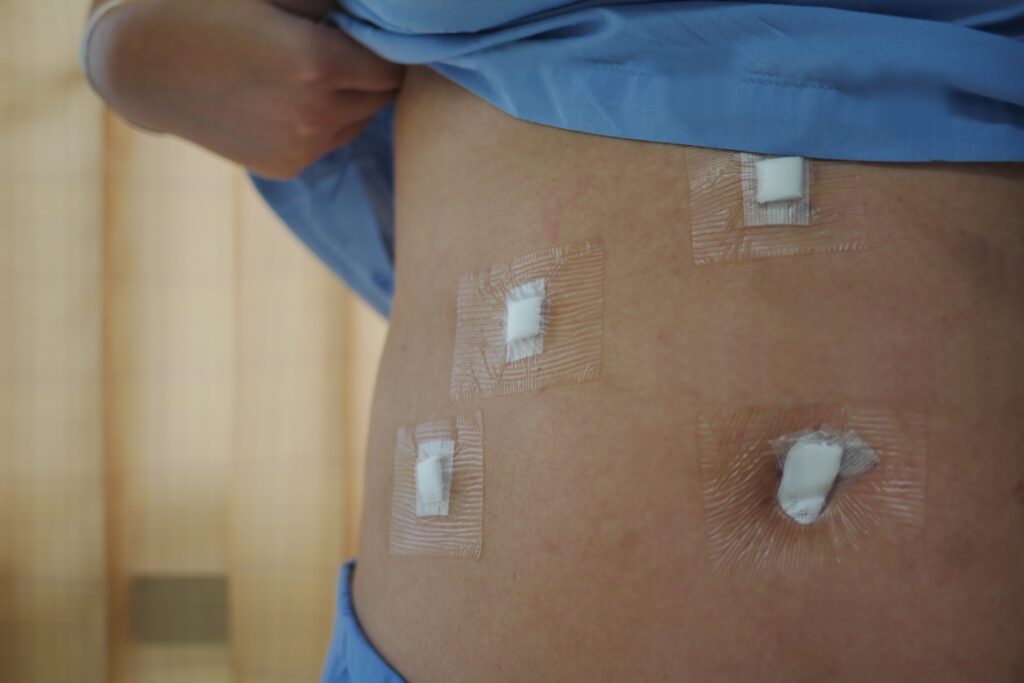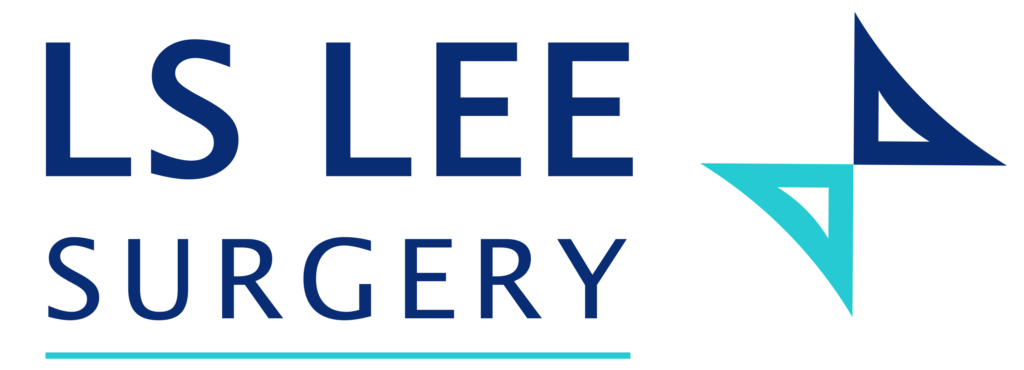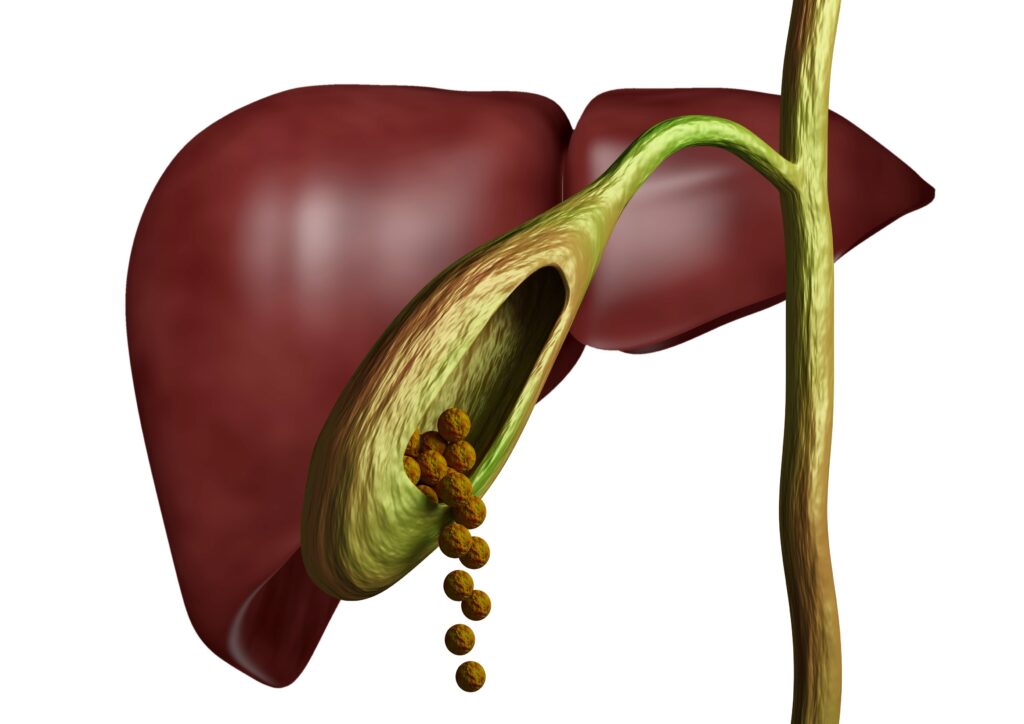Introduction
Gallbladder surgery, known medically as laparoscopic cholecystectomy, is a common and safe procedure performed to address gallstone-related conditions. These conditions include pain in the upper abdomen, gallbladder infections (cholecystitis), jaundice caused by bile duct blockages by the gallstones, gallstone causing pancreatitis, and gallbladder polyps.
Post-Surgery Expectations
After the surgery, many patients are curious about the changes they will experience. Without the gallbladder, the liver continues to produce bile juice, which flows directly into the bile duct and then into the bowel to aid digestion. Most patients recover well without experiencing post-cholecystectomy syndrome. However, approximately 20% of patients may experience symptoms such as frequent bowel movements and diarrhea. These symptoms typically resolve within weeks to months with proper dietary guidance.
Dietary Management
Patients who consume high-fat and greasy foods are more likely to experience these symptoms. Adhering to a balanced, low-fat diet is crucial for a smoother recovery and to mitigate adverse effects. Most patients report a significant improvement in their quality of life post-surgery, with no more gallstone-related pain and the ability to enjoy a wider variety of foods.
Wound Care
The surgery involves making 3-4 small incisions, each ranging from 0.5 to 1.5 cm in size. These incisions are stitched up and covered with waterproof dressings, allowing patients to shower without worrying about wetting the wounds. By the third day post-surgery, the wounds are well-opposed, and the dressings can be removed. Patients are advised to avoid rubbing or scrubbing the wounds during the first two weeks and to gently dab them dry after showering to prevent complications.

Follow-Up Appointments
Your caring surgeon would like to know your progress! Patients will be followed up in the outpatient clinic after the surgery, commonly within one week to look for immediate or early postoperative complications and 3-4 weeks after the surgery to look for longer-term complications. However, suppose patients notice they are unwell before the follow-up, e.g., abdominal pain that is not resolved with the prescribed analgesia or painkiller, fever, or jaundice. In that case, they should contact their surgeon immediately.
Recovery and Return to Normal Activities
Most patients can return to work within 1-2 weeks and start simple exercises within three weeks. Proper wound care is essential during this period to ensure a smooth recovery. Overall, patients can expect a good recovery and a significant improvement in their quality of life after gallbladder surgery.
Conclusion
Laparoscopic cholecystectomy is a commonly performed surgery, and postoperative care is simple and straightforward, mostly focusing on diet, wound care, and mobility. Having an experienced surgeon to perform your gallbladder surgery is imperative, as he can avoid complications and deal with any that occur comfortably.
At LS Lee Surgery Singapore, we aim to promote individualized care by giving you a clear indication of surgery and helping you along your entire treatment journey, from confirming your problem to surgery and recovery. Contact us today should you or your loved ones experience problems related to gallbladder conditions for a clear diagnosis and treatment.







